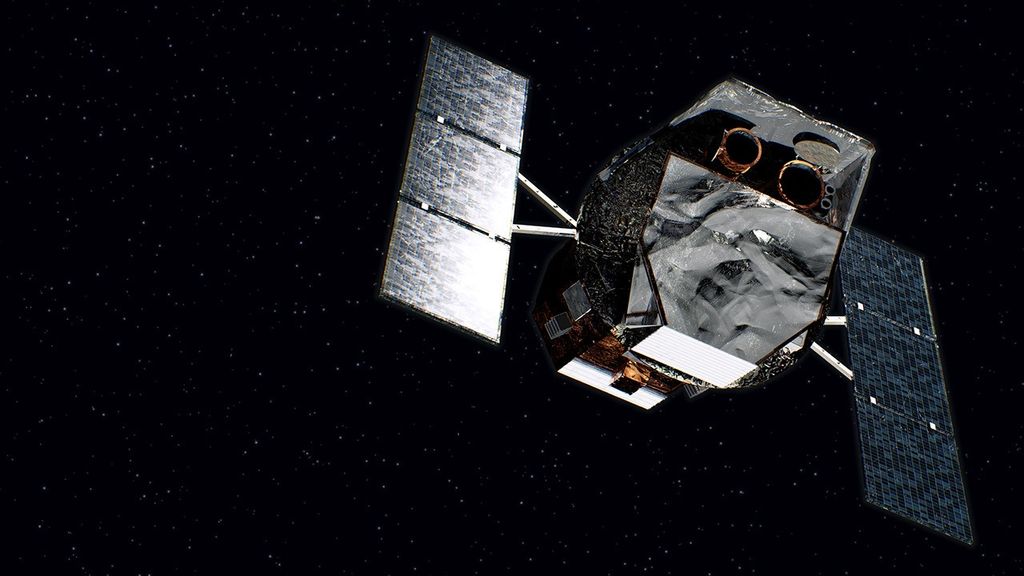
The Perseverance rover and science team took a well-earned rest during conjunction, but there was still exciting news to share! Last week, the first scientific paper containing results from the mission was published in Science Magazine. Images taken of the front of the Jezero delta – a landform created when a river enters a larger body of water – as well as a nearby butte named Kodiak, have led mission scientists to a better understanding of the history and habitability of Jezero crater in the past.
On Earth, the process of determining the geologic history of an area is simpler than the challenges faced by Perseverance. Geologists may conduct field work on Earth, which allows them to study rocks up close. One of the basic tenants of geology is that, barring later disruption by events such as plate tectonics, layers of rock are deposited on top of each other over time. This means that the oldest rocks are at the bottom, and the youngest rocks at the top. On Earth, a geologist can often walk right up to areas where the different layers are exposed, following the layers uphill as they become more recent. The geologist may measure the thickness of the beds and take note of different features within the layers, such as grain size, ripples, and slanted beds. They are likely able to spend a good amount of time looking at the outcrop, viewing it from different angles and at different distances to get a complete idea of what it looks like.
Amazingly detailed images of the delta front and Kodiak were taken by Mastcam-Z and SuperCam. We carefully planned to take images at the best time of day for visibility of the layers, while still keeping the cameras safe! This was done while still having time for the rover to drive, abrade, and core areas of the crater floor. Next, scientists set to work analyzing the images and working together to understand what the visible features meant in terms of the history of Jezero Crater. The authors of the paper worked hard to come to a consensus on the scientific results and to write them in a publishable format – a process that can sometimes take months or even years!
The scientific results announced on Thursday are certainly just the beginning of Perseverance’s journey over the next few years. After the rover’s exploration of the crater floor in the Green Zone Campaign is complete, it will be time to drive closer to the delta, and eventually, on top of it, examining the layers up close the way a field geologist on Earth would do.
Written by Lydia Kivrak, Student Collaborator at University of Florida


































